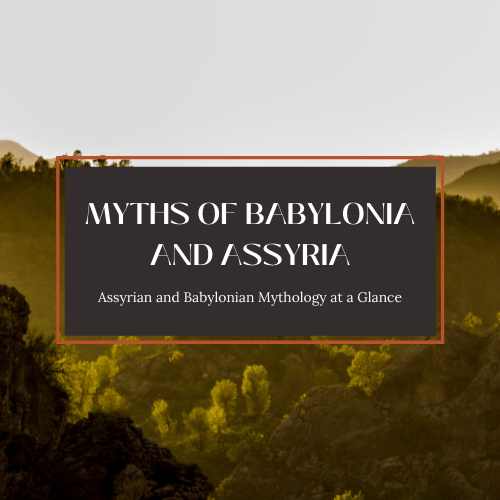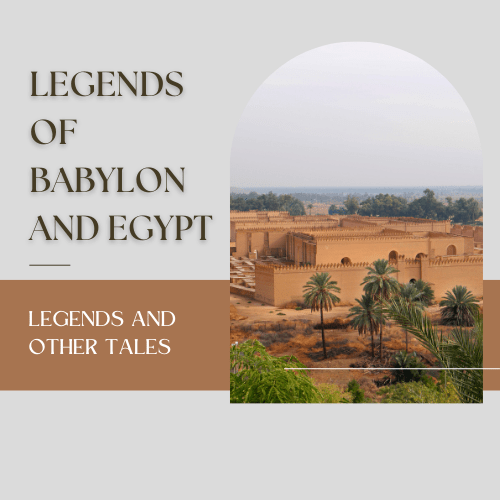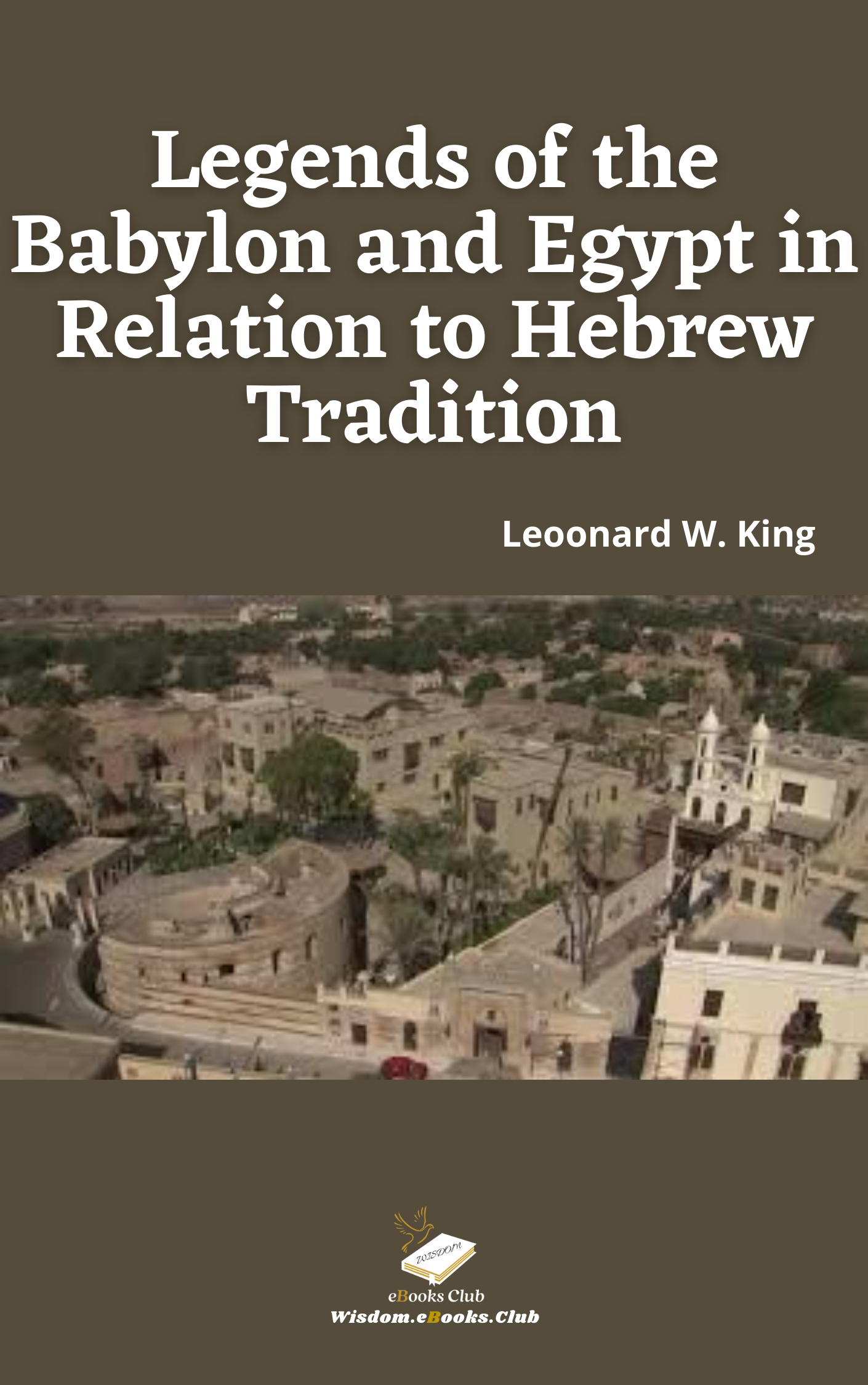Myths of Babylonia and Assyria
Myths of Babylonia and Assyria
Assyrian and Babylonian Mythology at a Glance
Myths of Babylonia and Assyria is a book by Donald Alexander Mackenzie published in 1915.
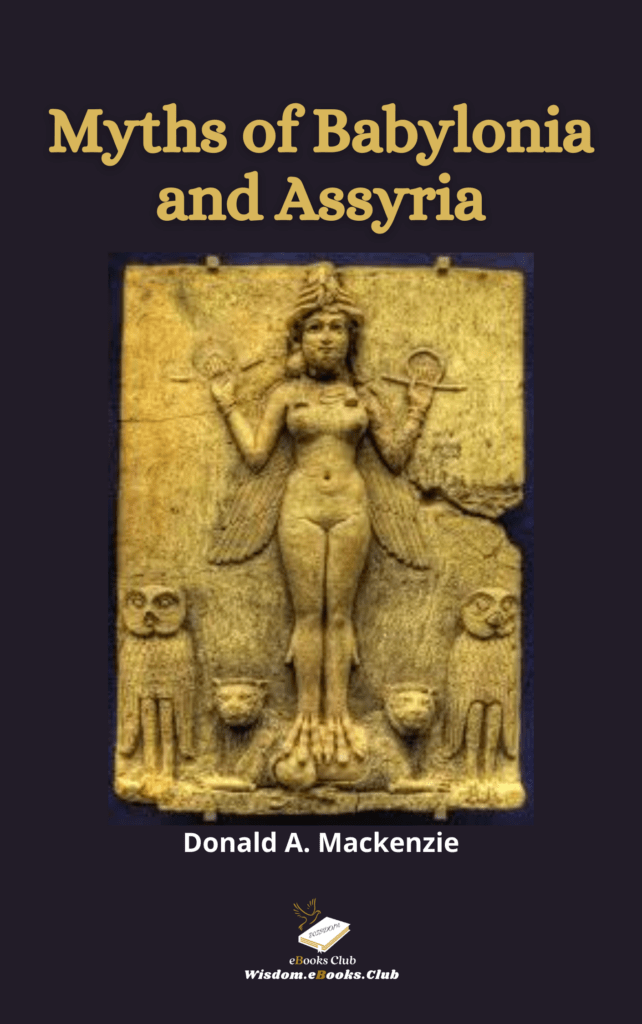
The book discusses not only the mythology of Babylonia and Assyria, but also the history of the region (Mesopotamia), Biblical accounts similar to the region’s mythology, and comparisons to the mythologies of other cultures, such as those of India and northern Europe. This volume deals with the myths and legends of Babylonia and Assyria, and as these reflect the civilization in which they developed, a historical narrative has been provided, beginning with the early Sumerian Age and concluding with the periods of the Persian and Grecian Empires. Over thirty centuries of human progress are thus passed under review. During this vast interval of time the cultural influences emanating from the Tigro-Euphrates valley reached far-distant shores along the intersecting avenues of trade, and in consequence of the periodic and widespread migrations of peoples who had acquired directly or indirectly the leavening elements of Mesopotamian civilization.
Even at the present-day traces survive in Europe of the early cultural impress of the East; our “Signs of the Zodiac”, for instance, as well as the system of measuring time and space by using 60 as a basic numeral for calculation, are inheritances from ancient Babylonia.
This volume deals with the myths and legends of Babylonia and Assyria, and as these reflect the civilization in which they developed, a historical narrative has been provided, beginning with the early Sumerian Age and concluding with the periods of the Persian and Grecian Empires. Over thirty centuries of human progress are thus passed under review. During this vast interval of time the cultural influences emanating from the Tigro-Euphrates valley reached far-distant shores along the intersecting avenues of trade, and in consequence of the periodic and widespread migrations of peoples who had acquired directly or indirectly the leavening elements of Mesopotamian civilization. Even at the present-day traces survive in Europe of the early cultural impress of the East; our “ Signs of the Zodiac “, for instance, as well as the system of measuring time and space by using 60 as a basic numeral for calculation, are inheritances from ancient Babylonia.
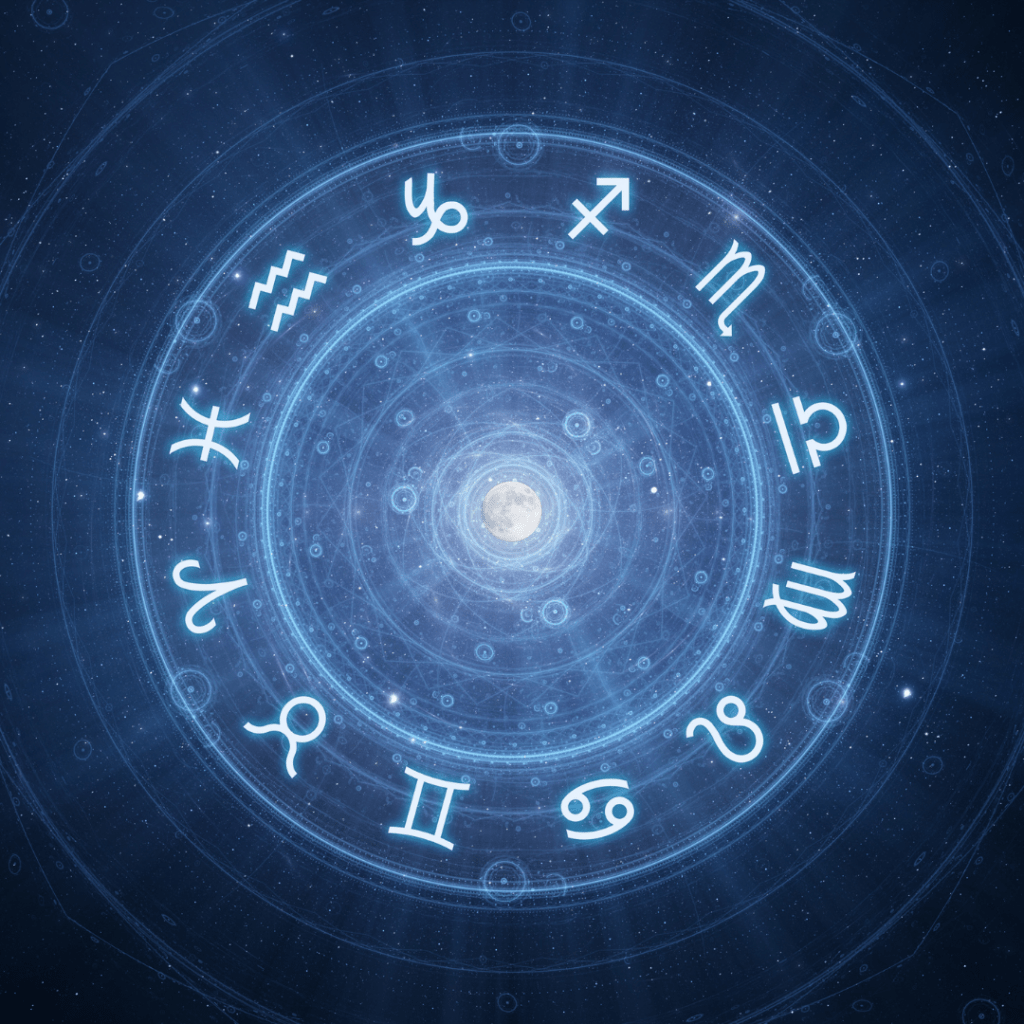
Located in what is called the Near East, the empires of Babylon and Assyria sat in the Fertile Crescent, just between the Tigris and Euphrates rivers. Given their location, it’s no surprise that the myths from these civilizations influenced Greek, Egyptian, and Abrahamic religion and traditions. The civilization of Babylon, as we know it, lasted from about 2350 to 1595 BCE, when it was sacked and later ruled by the Hittites. Assyria arrived a little later on the scene, and lasted from 1900 BCE to 650 CE.
Much of what we know about Mesopotamian mythology comes from the various tablets, or portions of tablets, found in ancient Assyrian and Babylonian cities. While these tablets have only remained partially intact and large sections are as yet untranslated, they still give us a pretty clear picture of some of the myths of these ancient cultures, which introduce us to the gods and goddesses of the Mesopotamian pantheon. One of the longer and more descriptive myths we have from ancient Mesopotamian tablets is the Enuma Elish, or the creation epic, which tells us how the world and its gods and goddesses came to be.
Gods of Creation
Apsu is not technically a god – think of him more like the Greek idea of a Titan – but he was the embodiment of the sweet freshwater that first emerged out of chaos in the beginning of the world. With his consort, Tiamat, they are the parents, or sometimes grandparents (the family tree isn’t always clear) of Anu, Enlil, and Enki.
Tiamat has perhaps the most complicated history of the Mesopotamian gods. On the one hand, she is depicted as a beautiful woman who was mother to the gods and the embodiment of the salty sea. When she turned against the gods in the Enuma Elish, she became depicted as a dragon-like monster. In her anger, she created all the deadly creatures of the world, including serpents and scorpions.
Marduk, as the patron god of Babylon, is considered the primary god of creation, according to the the Enuma Elish. However, this may not be the only version of the story; in fact, it’s likely only the case because the text was found in Babylon, which probably had a bias towards their own patron god. Marduk is the son of Enki and is sometimes considered the god of heroes. He killed Tiamat and used one half of her body to create the sky, and the other half to create the land. He used the blood of Tiamat’s favored warrior to create humans.
Ruling Gods
Anu is the god of the sky and was considered the king of the Sumerian pantheon (Sumer was another city in the region). Often a lofty and unseen or unheard figure, Anu actually is seldom mentioned in many Mesopotamian myths.
Enlil is the god of the air and king of the Assyrian pantheon. Enlil is known for having a volatile temper and was the god responsible for sending the Great Flood to kill humankind because they were too noisy.
Enki sometimes known as Ea, was god of water and the most clever of the gods. In many myths he is a protector of humankind. He was the one who warned Atrahasis, the Mesopotamian Noah, about the flood and instructed him on how to build a boat and appease the gods.
Donald Alexander Mackenzie
“The World’s New Age hath dawned. The sun is bright in heaven, for Balder hath returned. Earth rises a second time, from the deep sea; it rises clad with green verdure. The sound of falling waters fills the morning air. High soars the eagle; from the mountain ridge he espies the fish.”

- Born on 24 July 1873 in Cromarty, Donald Alexander Mackenzie was one of the most commonly recognized folklorists, journalist and a brilliant author on anthropology, religion and mythology in the early 20th century. He died on 2 March 1936 in Edinburgh, United Kingdom, and was buried in Cromarty.
- He moved to Dingwall as The North Star’s owner and editor in 1903 after becoming a renowned journalist in Glasgow. Next, he moved to the People’s Journal in Dundee in 1910 and represented the Glasgow paper, The Bulletin, in Edinburgh from 1916 onwards. He also gave frequent lectures and broadcasted speeches on Celtic mythology apart from writing poems, articles and books. He was the friend of several specialized authorities in his field of interest. Between 1913 and 1935, his elder brother, William Mackay Mackenzie, was the Secretary of the Royal Commission on Ancient and Historical Monuments of Scotland.
- Mackenzie released Ancient Man in Britain in 1922, which covered the history of Britain from the Upper Paleolithic period, from a strong ethnological framework. Grafton Elliot Smith wrote the foreword of the book. The piece goes over the earliest settlement of Britain during the Aurignacian (pp. 19–27) by the first modern humans from around 35,000 years ago. Mackenzie claims in the book that the Caucasoid Cro-Magnons settled in Britain had dark hair and eyes, genetically similar to the Iberians, French Basques, and Berbers of North Africa (p. 25), who were one of the original members of the Mediterranean race according to him. Another “variety of the Mediterranean race” later on conquered this ancestral proto-Mediterranean racial stock, thus introducing the Solutrean culture around 20,000 years ago (p. 50).
- The Solutrean and Aurignacian population of Britain traded in shells with Cro-Magnons of France according to Mackenzie. Later on, they interacted with the later arriving Caucasoid racial types, including the brachycephalic (broad-skulled) proto-Alpines (Furfooz race) and Lappid race with slight Eskimo phenotypic characteristics. Mackenzie believed there existed a less numbered, highly depigmented racial type in Britain during the Magdalenian, perhaps who were blonde too and mingled with the “dark Iberians” (p. 60).
- Mackenzie believed that the Mediterranoid: “The carriers of Neolithic culture were in the main Iberians of Mediterranean racial type” were the predominant racial type of Britain during the Neolithic, and they traded in pearls and ores. Mackenzie devoted several chapters towards the Bronze Age Britain supporting his belief that traders and “prospectors” (miners), originally from the Eastern Mediterranean (pp. 98–101), arrived in Britain c. 2500 BC. Harold Peake, who coined the term “Prospector Theory”, initially introduced this theory.
- The theory was resurrected in Carleton S. Coon’s scientific literature (1939), and the Mediterranean’s, who colonized Britain during the late Neolithic or Bronze Age, were correlated to the Medway megaliths (or long-barrow Megalithic culture). These colonists were earlier named “Atlanto-Mediterranean” by Joseph Deniker.
- Mackenzie claimed that these Mediterranean’s inhabiting parts of Britain lived well into later historical times (p. 118) and that the Mediterranean race was basically the majority population of Britain from Paleolithic through to the Neolithic and even more modern times. Their hair was black or brown, with dusky skin “like those of the Southern Italians” (p. 126) and could survive to the current time in several pockets of Britain regardless of the subsequent Anglo-Saxon and Norse settlement. Mackenzie thought their admixture or genetic input was very restricted but they dominated the British and imposed a new civilization and culture (p. 227).
Notable Works
- 1909 – Finn and his warrior band; Or, Tales of old Alban
- 1911 – The khalifate of the West
- 1913 – 2nd Ed. 1934- Teutonic Myth and Legend
- 1913 – Donald Alexander, Mackenzie. Indian myth and legend. Gresham, London
- 1913 – Egyptian Myth and Legend
- 1915 – Myths and Legends of Babylonia and Assyria
To see more information about this topic or other religious topics, you may check the books and magazines available at www.wisdomebooksclub.com or visit our peals of wisdom page page by clicking on this link to access more interesting blog articles, games, quizzes, music videos, religious poems, Jewish recipes, popular sermons, and more.
